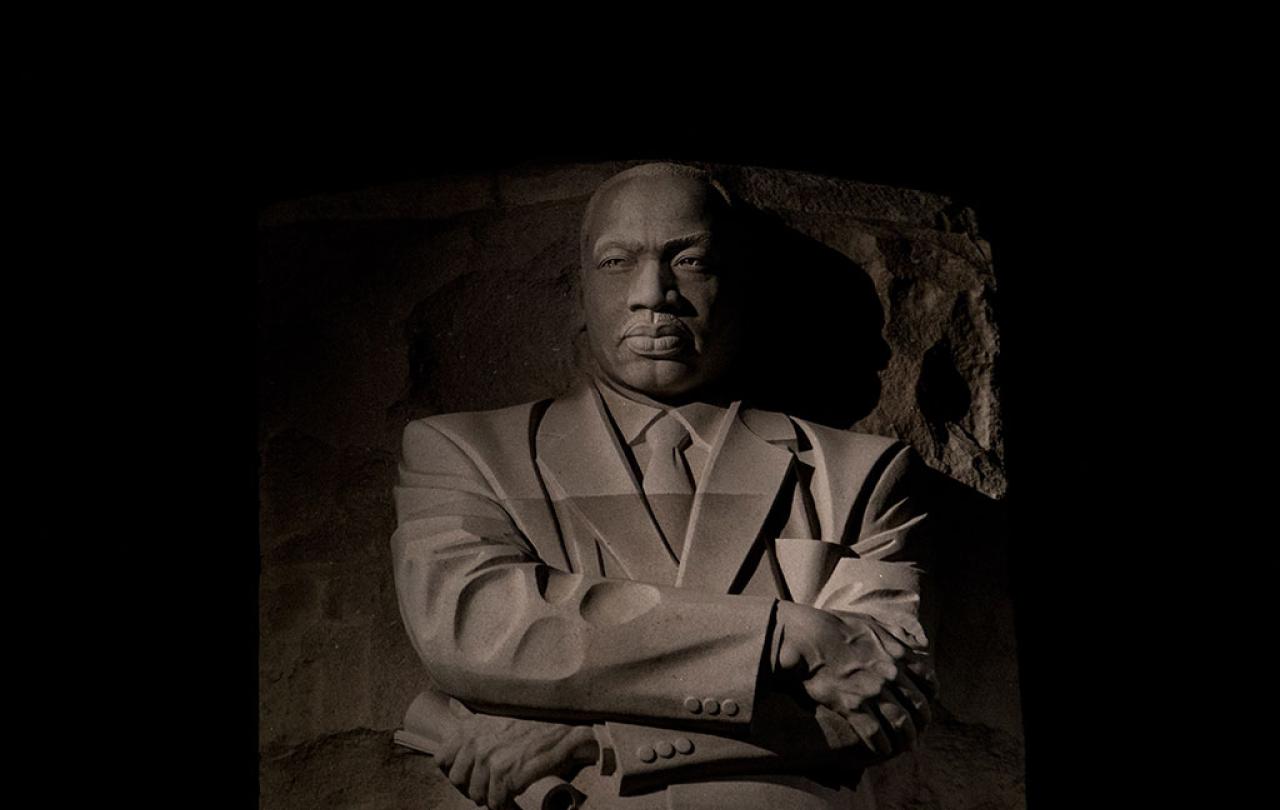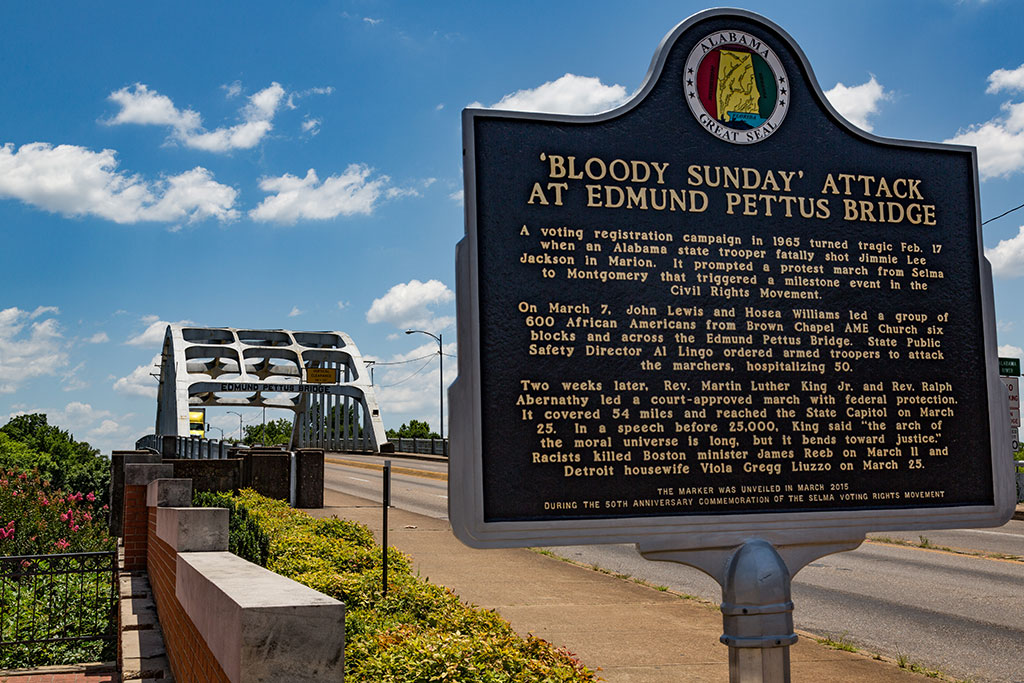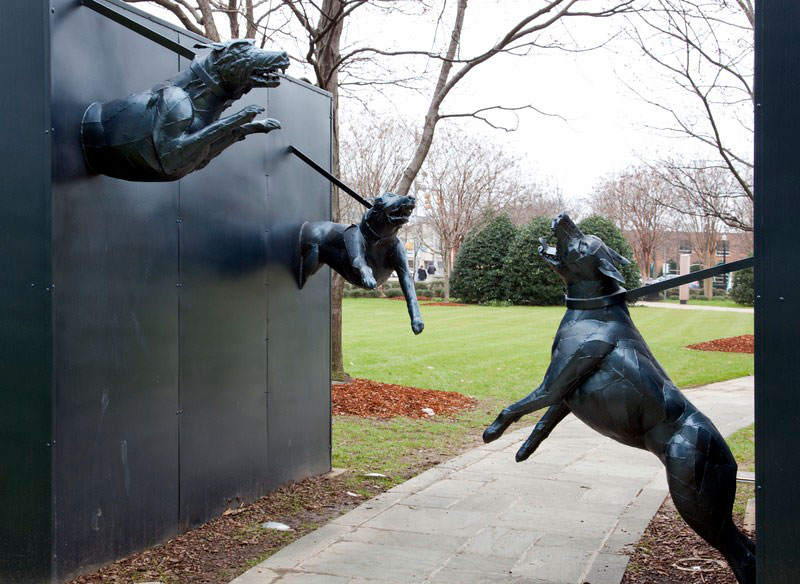And so The Traitors comes to a close once again.
Despite the small matter of it reinforcing my anxieties about our modern predisposition for isolation, I’ve really enjoyed this series. It’s been full of twists, tension, and just the right amount of over-the-top melodrama.
And in this respect, the series finale did not disappoint. Amidst the backstabbing, and the reveals, and the arguments, however, it got me thinking about the nature of faith.
Be warned: there are spoilers ahead for the finale of The Traitors.
As the finale begins, pseudo-Welshwoman Charlotte (I promise that makes sense in context) is the last Traitor standing. However, she is unmasked as a Traitor by Faithful Frankie, who wins the power to reveal one contestant’s identity and picks the right person through a mildly infuriating fluke.
Charlotte is banished and the remaining four Faithfuls enter ‘the endgame’. At this point, if all four agree, the game ends and they split the £94,600 jackpot between them. That is, unless a traitor remains in the game. In that case, the traitor takes the lot.
It was absolutely fascinating and more than a little heartbreaking to watch these four people – all of whom were Faithfuls – work out whether they can trust each other. If all of them agree to end the game, they each walk away with £23,500.
But they don’t.
Initially, all four contestants decide to continue. None of them quite trusts the people around them. And so, the hapless Alexander is voted off next. He was too pure for this game anyway; he would have given his share to charity.
Three remain. All three once again vote to continue.
One contestant, Jake, says
“I’m just not confident that I can trust the people around me.”
And so he, along with the other remaining Faithful Leanne, votes to banish Frankie. The same Frankie who outed Charlotte as a Traitor. The same Frankie who wanted the money so she could surprise her boys back home.
Two remain. And so the game ends by default.
But the doubts don’t end. Jake and Leanne are left wondering if they will leave with £47,300 each, or if they’re just about to be screwed over by the other. The viewer gets the impression that, if each could banish the other, they would.
“Why won’t you look me in the eyes?!” Leanne asks Jake in a panic, now seemingly convinced Jake is a traitor, about to take away all her hard-earned money. About to take away her only chance at IVF, and a baby.
Both are revealed as Faithfuls and the game ends with joy and tears. Jake gets to renovate his house, Leanne gets to try for a baby. All is well. Except for the 23 other contestants who leave with nothing, dreams in tatters.
I’m not saying that Jake, Leanne, Frankie, and Alexander are wrong for being suspicious of others. Having faith is hard. It is an act of courage.
The only way the common good is most fruitfully attained is through the exercising of faith in one another.
It’s easy not to have faith in very much at the moment. Our politicians are a heady mix of inept and corrupt. Our institutions often appear as little more than opaque, faceless entities hell-bent on self-preservation and self-interest, costs be damned.
It’s hard to make a compelling case for why you should trust the state. Or the police. Or even the Church. Or any other number of people or institutions. Each is surrounded by a litany of failure and cover up. In such a context, faith seems an act of foolishness.
And notice, too, that having faith in their fellow Faithfuls would have been a costly decision to make. Leanne and Jake leave The Traitors with £47,300. Had they trusted their fellow Faithfuls, that number would be halved. Still a remarkable amount of money but, when you’re attempting IVF or renovating a house, this can be the difference between getting everything you’ve dreamed of, or not.
That’s exactly what The Traitors finale brings into such sharp relief. It takes courage to have faith. It is not a cop out. To have faith in those around us is to put our neck on the chopping block and hope no-one swings the axe.
To have faith is to risk that which is most dear to us in the hope that others might have what matters most to them. It is a deeply vulnerable act of selflessness. It is not meant to be easy.
And so ultimately, we can forgive the Faithfuls their faithlessness. Would you trust a complete stranger if £47,300 was on the line? When I think of everything that money would mean for my family, I’m not sure I would.
But the only way the common good is most fruitfully attained is through the exercising of faith in one another. Only through faith in the fundamental goodness of humanity can we reach a truly equitable society where Leanne gets her baby, and Jakes gets his house, and Frankie gets to treat her family, and Alexander gets to donate to charity. (Bless that man, but he is slightly undercutting my point with his selflessness here. How selfish of him.)
Having faith is not easy, or fun, or comfortable, or without sacrifice. It is an act of love that costs much. An act of love that places us in a relationship with others that is vulnerable to abuse and deceit and harm. And for those who have had their faith repaid with abuse and deceit and harm, the cost of continuing to live in faith can understandably seem too high.
But maybe, just maybe, there is truth and goodness and beauty to be found in humanity of those around me. Maybe, just maybe, The Traitors warns us of the dangers of allowing our suspicions to trump our faith in each.
Maybe, just maybe, it invites us to imagine a better alternative.
Join with us - Behind the Seen
Seen & Unseen is free for everyone and is made possible through the generosity of our amazing community of supporters.
If you’re enjoying Seen & Unseen, would you consider making a gift towards our work?
Alongside other benefits (book discounts etc.), you’ll receive an extra fortnightly email from me sharing what I’m reading and my reflections on the ideas that are shaping our times.
Graham Tomlin
Editor-in-Chief







